Coincheck, one of Japan’s largest crypto exchanges, announced on Tuesday that it plans to go public in the United States. This will be done via a merger with a Nasdaq-listed special purpose acquisition company.
On Tuesday, Coincheck announced that it has agreed to merge with Thunder Bridge Capital Partners IV, a special purpose acquisition company (SPAC) listed in Nasdaq. The merger would result in a “combined entity being a publicly listed holding company, domiciled in the Netherlands, with Coincheck as its wholly-owned subsidiary.”
The combined entity will be named Coincheck Group NV and will be listed on the Nasdaq under the symbol CNCK. The proposed deal is valued at around $1.25 billion and is expected to be completed by the second half of 2022.
“Combination with Thunder Bridge Capital Partners IV, Inc. (Nasdaq: THCP) enables Coincheck to further accelerate growth by driving customer acquisition, accelerating innovation in digital asset solutions, and providing customers and institutions with deeper access to the global crypto economy,” the crypto exchange said.
Coincheck is regulated by Japan’s Financial Services Agency and is headquartered in Tokyo. The crypto exchange boasts of around 1.5 million verified users with a 24-hour trading volume of $130 million, according to Coindesk.
In 2018, Coincheck was the victim of a hack where cybercriminals stole around $530 worth in crypto. The crypto exchange was acquired later that year by the Japanese online brokerage Monex Group for $34 million, which currently owns 94.2 of Coincheck. After the merger is completed, Monex will have pro-forma ownership of about 82% of the combined entity.
“Existing Coincheck shareholders may receive earn-out consideration equal to a maximum of 50 million shares upon certain ‘triggering events’ that are based on Coincheck Group, N.V.’s future stock price,” the crypto exchange added. “Upon closing, the combined company will receive $237 million in cash held in trust by Thunder Bridge IV, assuming no redemptions by THCP shareholders and before expenses.”






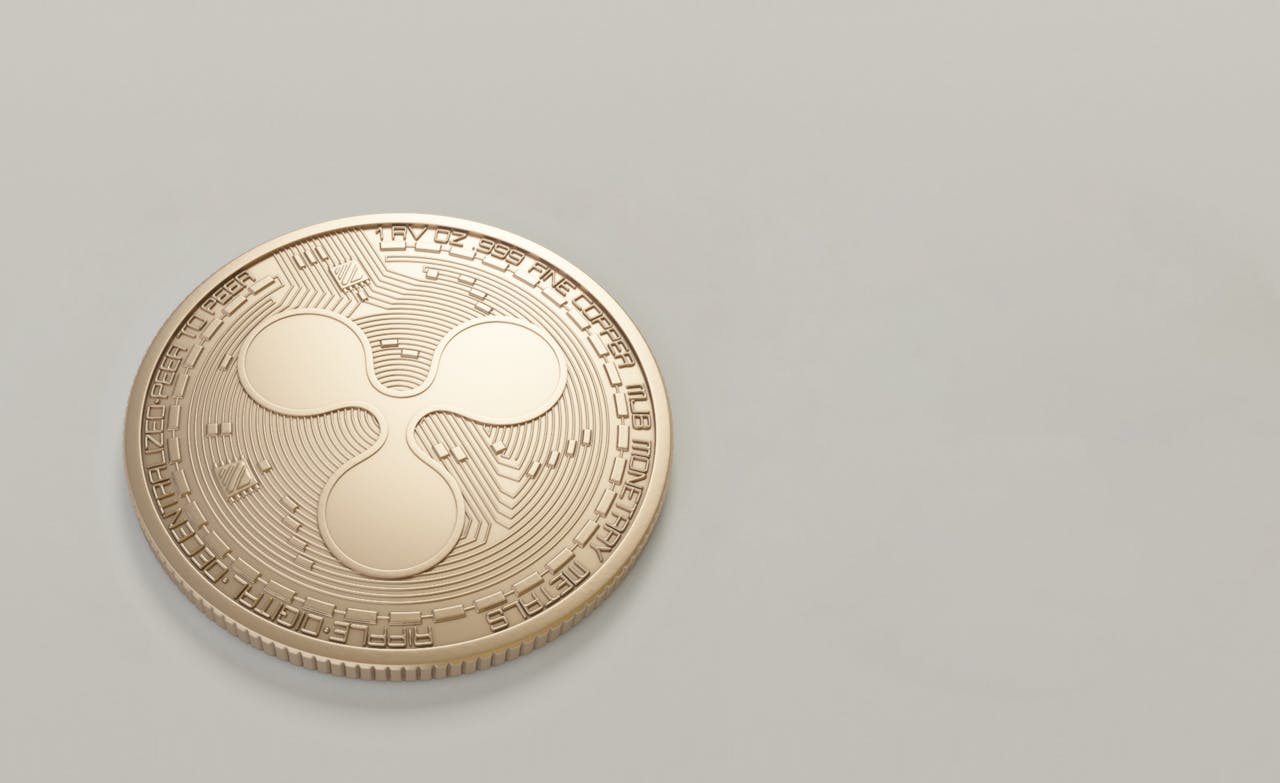

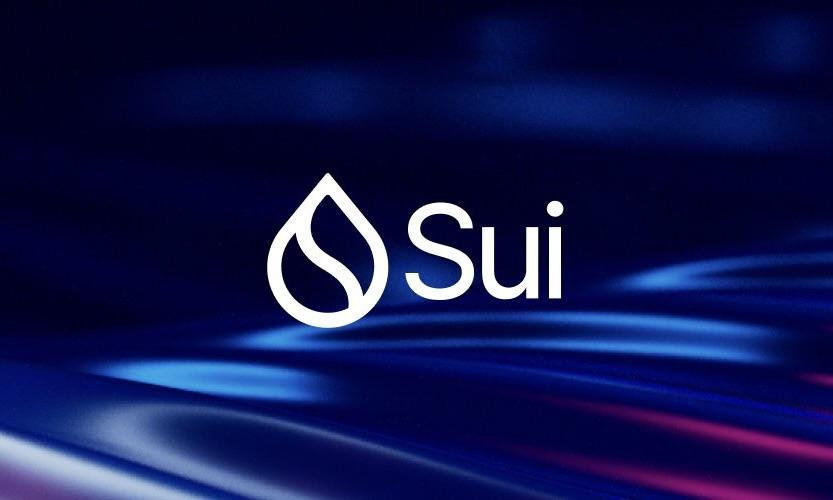
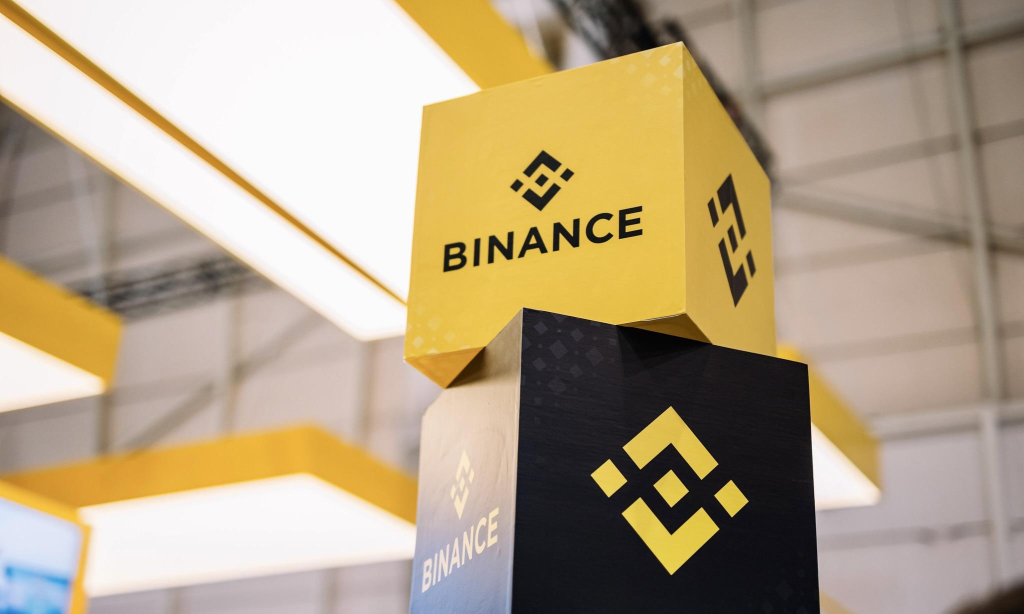
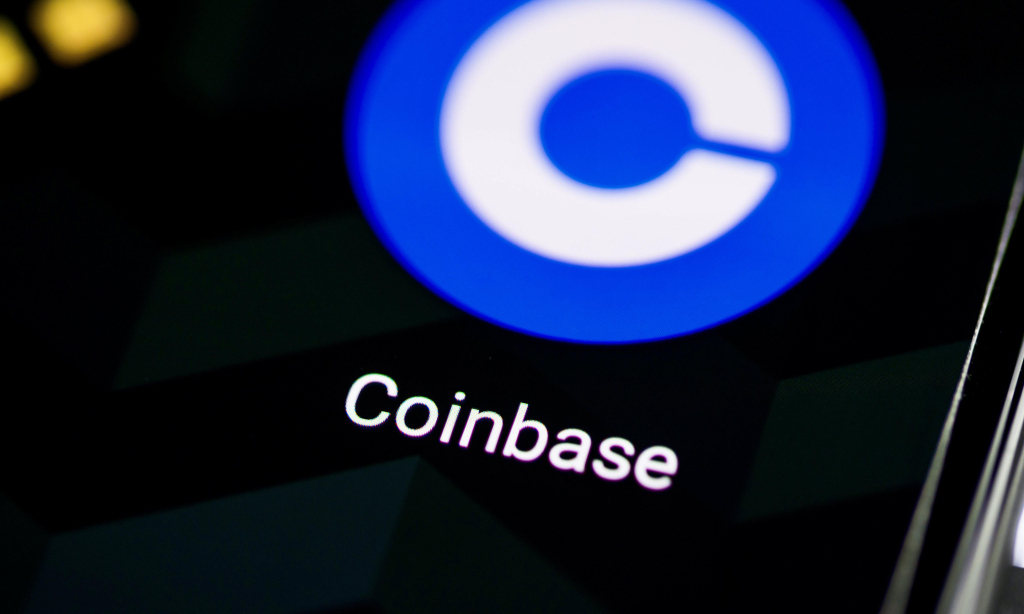





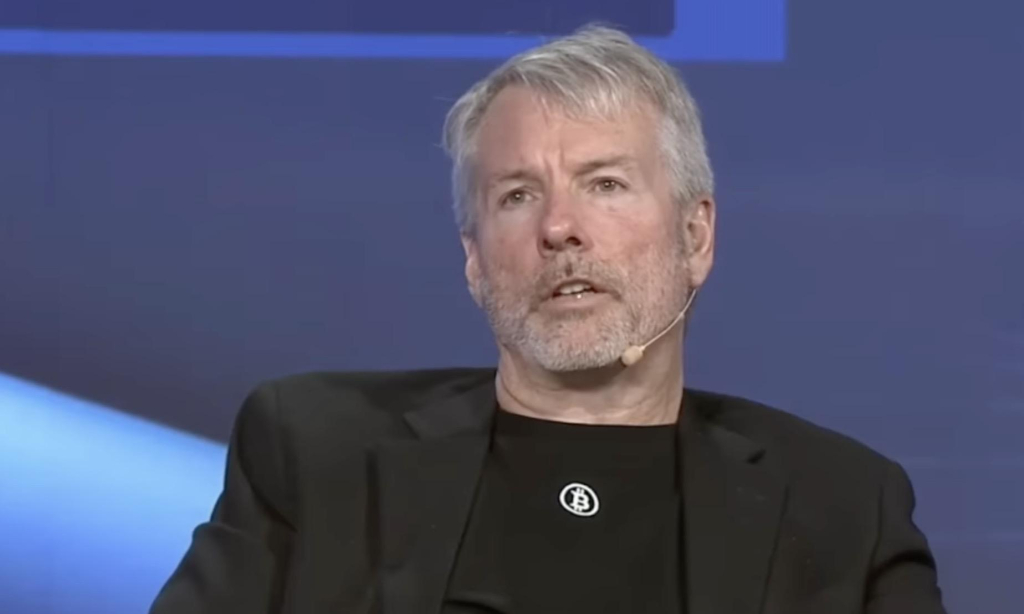








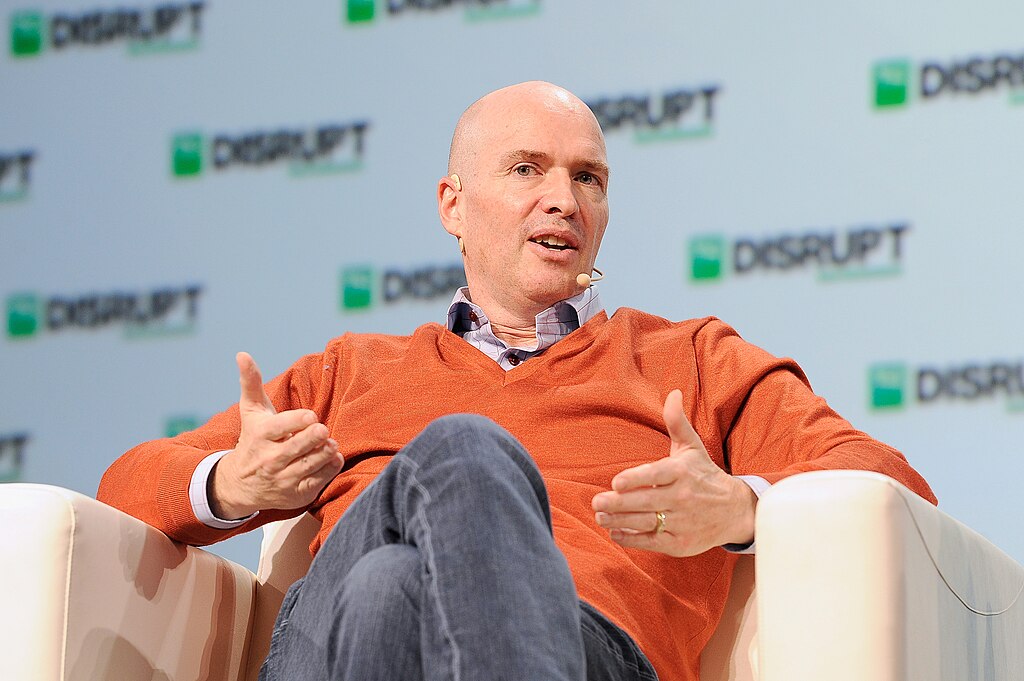
Comment 35